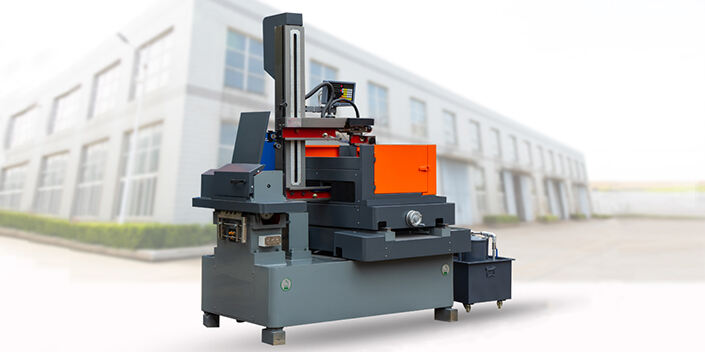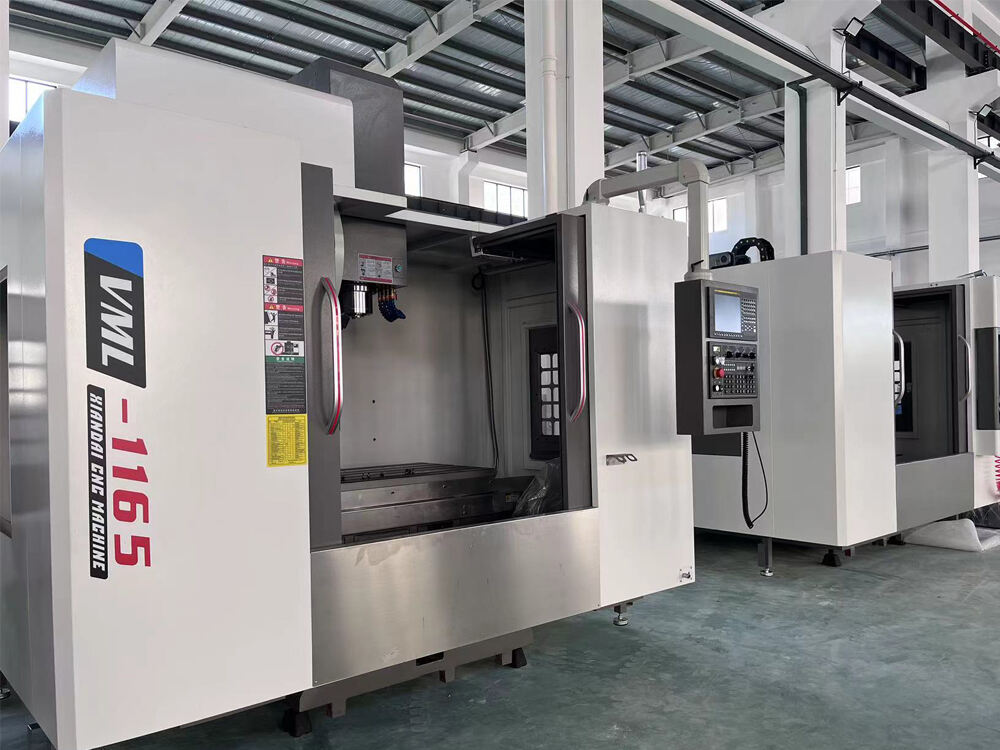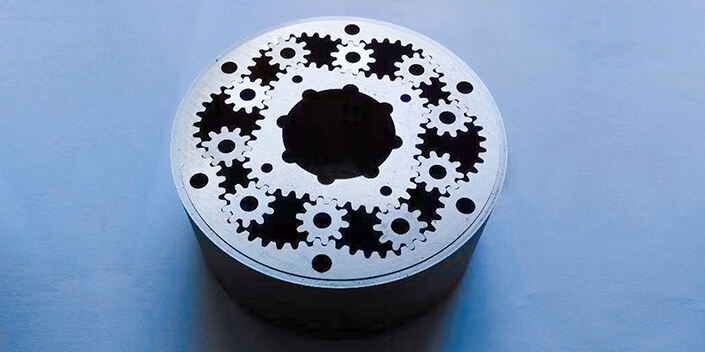Understanding EDM Spark Erosion Technology
The Science Behind Electrical Discharge Machining
EDM, or Electrical Discharge Machining, is a sophisticated technique that employs controlled electrical discharges to remove material from a workpiece, predominantly targeting metals. The process involves generating sparks between the electrode and the workpiece, resulting in localized melting and vaporization. This method manages thermal energy expertly, allowing precise material removal without physical contact while minimizing mechanical stresses on the workpiece. Research indicates that EDM can achieve accuracies in the micro-meter range, emphasizing its potential for high-precision applications in industries such as aerospace and medical devices.
Key Components of an EDM Machine
An EDM machine is composed of several critical components, including the workpiece holder, electrode, power supply, and flushing system, each playing a unique role in the machining process. The electrode, crafted from high-conductivity materials, shapes the final part. Its design and wear rate are pivotal in influencing machining accuracy. The power supply facilitates the electric discharges essential for the machining process and can be fine-tuned for frequency and energy levels. Additionally, flushing systems are vital for debris removal and cooling the work area, directly impacting machining efficiency and precision. Such components collectively contribute to the effective operation of EDM machinery, enabling intricate and accurate machining tasks.
Types of EDM Machines Revolutionizing Manufacturing
Wire EDM: Precision Cutting for Complex Geometries
Wire EDM stands out in the realm of precision cutting due to its ability to produce complex geometries with high accuracy. Utilizing a continuously fed wire, often made from brass or coated materials, this method excels in cutting conductive materials with tight tolerances. Industries such as aerospace and toolmaking benefit immensely from wire EDM because of its capacity to craft intricate features with minimal waste. Moreover, industry studies have noted its capability to reduce material waste while quickly delivering complex prototypes. By allowing intricate cuts without direct contact with the workpiece, wire EDM ensures high precision and quality.
Sinker EDM: Crafting Intricate Molds and Dies
Sinker EDM, also known as plunge EDM, plays a pivotal role in the manufacturing of molds and dies. This process employs a pre-shaped electrode to carve cavities or distinct shapes into metal components, often achieving levels of detail and surface finish unattainable with conventional methods. Particularly noted for its application in crafting detailed molds and dies, sinker EDM is witnessing increased demand, especially in automotive and consumer electronics fields. This rise is due in part to its ability to work with complex designs and hard materials, delivering consistent, high-quality results critical in precision manufacturing.
Hole-Drilling EDM for Micro-Scale Applications
Hole-drilling EDM is designed for micro-scale applications, focusing on creating small-diameter holes in hard materials. It proves invaluable in industries such as medical and aerospace, where precise, small openings in robust materials are often required. This EDM process outperforms conventional drilling by delivering precision with minimal thermal distortion, which is crucial for components like cooling channels in turbine blades. Recent advancements in hole-drilling technology have expanded its applicability, pushing the boundaries of precision and feasibility, especially in environments demanding high accuracy and detail.
Advantages of EDM Spark Erosion Over Traditional Machining
Zero Contact, Zero Distortion Principle
One of the foremost advantages of EDM (Electrical Discharge Machining) is its non-contact cutting approach, which significantly reduces mechanical forces on the workpiece. This feature minimizes the risk of distortion or structural changes in heat-treated or hardened materials. Industry experts highlight that this zero-contact principle enables the machining of delicate components without compromising their integrity. Supporting quantitative studies indicate that EDM can maintain part accuracy to an impressive precision of 0.0001 inches, a critical aspect for high-stakes manufacturing environments like aerospace and medical device production.
Machining Hardened Metals with Sub-Micron Accuracy
EDM technology excels in machining hardened metals, a task that presents challenges for conventional methods due to their durability and toughness. This process significantly reduces tool wear, which enhances both machine productivity and its operational lifespan. Companies can maintain precision to sub-micron levels, enabling the creation of components with exceptionally tight tolerances. Research data suggests that industries such as aerospace and defense, which heavily rely on hard metals for their components, are increasingly adopting EDM techniques to meet their precision needs.
Superior Surface Finish Without Post-Processing
EDM technology typically delivers superior surface finishes compared to traditional machining, eliminating the need for additional post-processing steps. Achieving a smooth surface finish without extra processing can result in considerable cost savings and reduced lead times. In fact, EDM-produced finishes can reach levels of Ra 0.2 micrometers, often satisfactory for numerous precision engineering applications. Experts underline that minimizing the need for post-processing not only saves time but also decreases the potential for defects being introduced later in the manufacturing process.
Critical Applications in Precision Industries
Aerospace Turbine Blade Fabrication
EDM plays a crucial role in the aerospace industry, specifically in the fabrication of turbine blades where precision and durability are paramount. The process facilitates intricate cooling passage designs necessary for optimal turbine operation, ensuring high performance and efficiency. Industry reports highlight significant enhancements in turbine performance through the sophisticated casting and molding processes enabled by EDM. Furthermore, precise material removal achievable with EDM contributes to weight reduction, which in turn supports better fuel efficiency in aircraft. These advancements exemplify the critical aerospace applications of EDM, transforming traditional manufacturing standards.
Medical Device Component Manufacturing
The medical device sector benefits significantly from EDM, particularly in producing components requiring high precision and biocompatibility. EDM technology supports the creation of complex geometries essential for implants, surgical instruments, and diagnostic devices. The industry's stringent regulatory compliance standards are met with the help of EDM, which guarantees safety and quality. Statistics indicate a growing trend of using EDM technologies in the medical sector, promoting the production of devices that are critically precise and can significantly improve patient outcomes.
Automotive Tooling and Prototyping
In the automotive industry, EDM technologies are extensively used for tooling applications, including dies and molds critical for parts production. One of EDM's significant advantages is enabling rapid prototyping, which allows manufacturers to quickly develop and test new designs without significant tooling investment. Research has shown that the implementation of EDM in automotive manufacturing processes can lead to a 30% increase in production capacity. Additionally, the flexibility of EDM supports the development of complex designs necessary to adapt to evolving consumer demands, underscoring its role in automotive innovation.
How EDM Enhances Cut-to-Length Line Efficiency
Integrating Wire Discharge Machining in Production Lines
Wire EDM can be seamlessly integrated into manufacturing production lines to enhance the efficiency of cut-to-length processes. By enabling the automation of these processes, Wire EDM reduces human errors and boosts throughput. This capability is essential for manufacturers who strive to remain competitive in fast-evolving markets. Industry case studies have shown that the integration of wire discharge machining can improve production times by an average of 20%, substantially increasing operational efficiency. With precise automation, manufacturers can achieve consistent high-quality output, crucial for meeting market demands.
For more details, you can explore case studies and additional insights here.
Optimizing Material Usage in Metal Processing
EDM processes are instrumental in optimizing material usage by reducing chipping and minimizing scrap during the cutting process. This optimization is not just a cost-saving strategy but also aligns with sustainable manufacturing practices by decreasing environmental waste. Studies have shown that companies incorporating EDM have reported up to a 25% reduction in material costs due to lower scrap rates. With such precise cuts, manufacturers can maximize the use of their resources while maintaining high production standards. These efficiencies contribute to significant cost savings in raw materials and enhance the overall sustainability of production lines.





